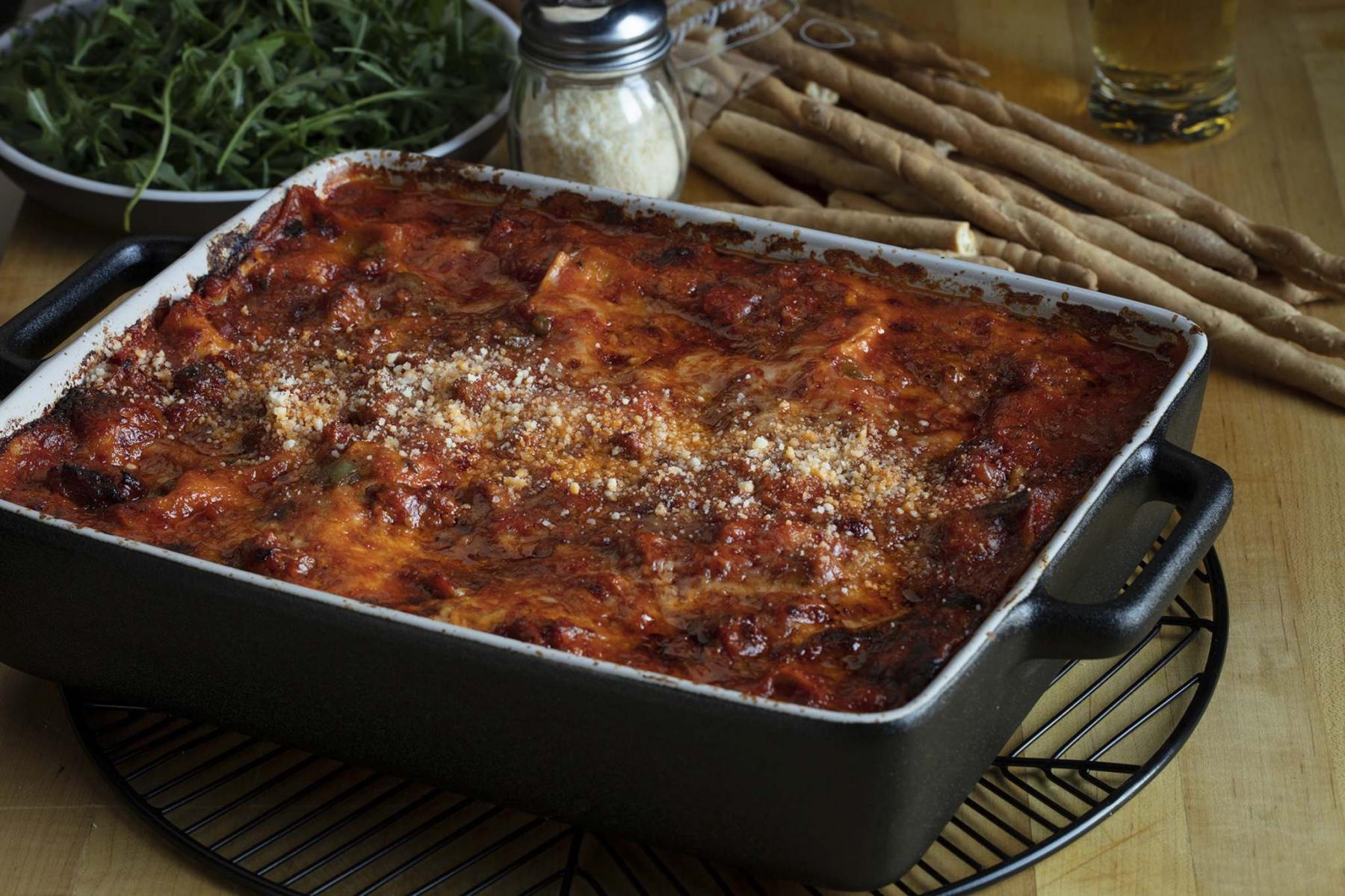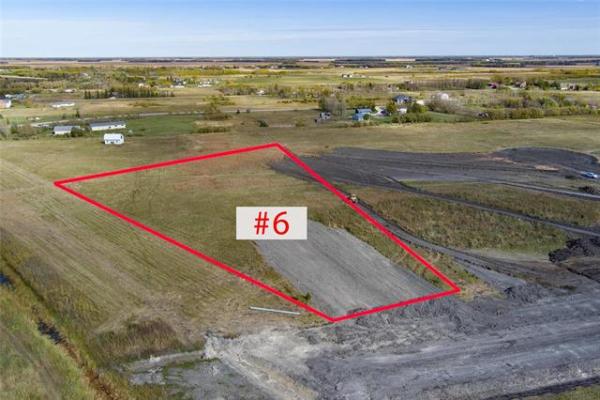Question: I often see no-boil lasagna noodles on the shelf of my grocery store. What makes these noodles different than regular lasagna noodles? Which is better? Jackie
Answer: No-boil lasagna noodles are precooked noodles that don’t require boiling. However, instead of purchasing precooked pasta, I purchase regular lasagna noodles that are high in fibre. I do not boil the noodles, but I make sure enough sauce covers the noodles so they bake in the oven along with the lasagna dish. Do not add cheese to the top layer; cover tightly with foil and bake in the oven at 350 F for about two hours. When noodles are tender, remove foil and cover with cheese. Return to oven until cheese is melted. Let stand 10 minutes before serving.
Question: I purchased cheap drinking glasses and I have been unable to remove etched cloudy watermarks on the inside. Any ideas? Barb
Answer: Heat vinegar and soak the glasses in the hot vinegar and then gently rub the surface with fine-grit sandpaper. You can also soak the glasses in hot water and citric acid (available at your local pharmacy, you may need to order it in). Another technique is to hold the glass over the mouth of a steaming kettle and polish it with a paper coffee filter. If the etching remains, the condition is permanent.
Feedback
Hi, Reena,
You’ve given me good advice several times in the past. However, I have to disagree with your answer to Joan, who recently wrote to you. She asked: "How do you prepare frozen shredded zucchini to use in baking?" (Ironically, my name is also Joan.) You advised her to thaw it and then to drain off the liquid before she used it. My point is that if she were using grated zucchini, that had not been frozen, the liquid would still be in the zucchini. I have a zucchini cake recipe and a zucchini loaf recipe I’ve made many times, and I always use grated zucchini that has been frozen (and then thawed), including the liquid. They both always turn out perfectly. A few years ago, a friend drained the liquid from thawed frozen zucchini before using it in her baking, and she told me it turned out quite dry. If Joan were using zucchini instead of something else that was called for, in a recipe that also called for a liquid, that would be a different matter. — Joan
Yard and gardening tips
— When creating a brand-new garden spend a few days breaking up all heavy soil to a depth of at least 18 inches. If the soil is clay, it will need compost or peat moss (two thirds) and sand (one third) to become a crumbly consistency, able to hold water. Note: Wear a mask and gloves when working with peat moss.
— All manures should be composted before being used in a vegetable garden. It is best to add the manure in the fall, after harvest, or in the spring, before planting. Put down a layer of one to two inches of manure; work it into the top six to nine inches of soil.
— Test soil. Have you ever been disappointed with the performance of your vegetables or flowers, even though you gave them the best care you could? The pH level may be the problem. Test soil at home using a do-it-yourself kit or with a portable soil probe/pH meter. Or send a sample to a lab for a more in-depth analysis.
Note: Every user assumes all risks of injury or damage resulting from the implementation of any suggestions in this column. Test all products on an inconspicuous area first.
Have a great suggestion or tip? Please send an email at: reena.ca. Reena Nerbas is a popular motivational presenter for large and small groups; check out her website: reena.ca.
householdsolutions@mts.net




